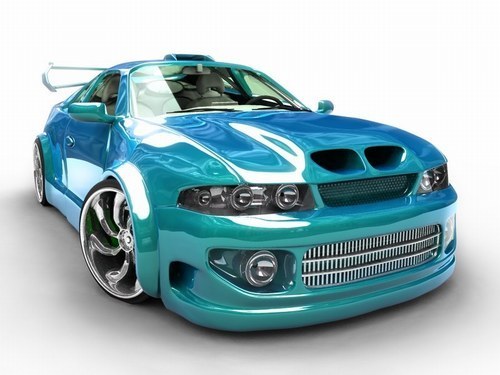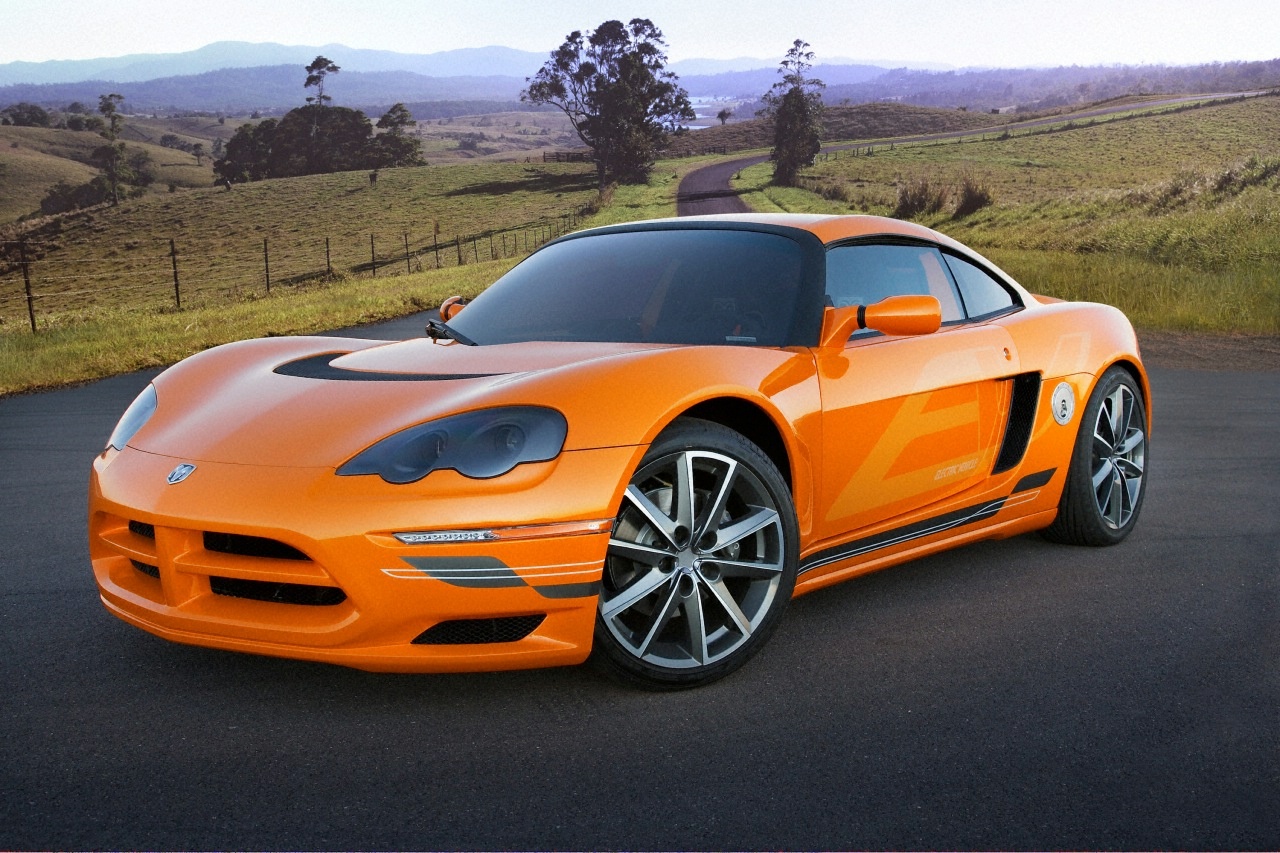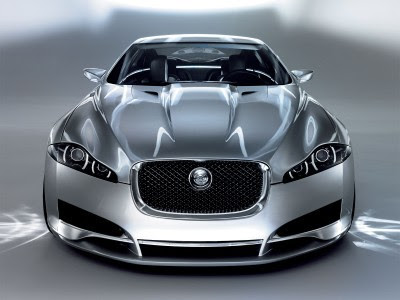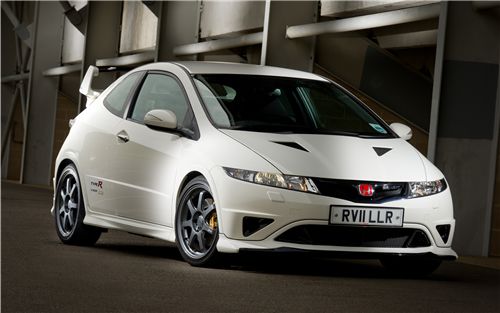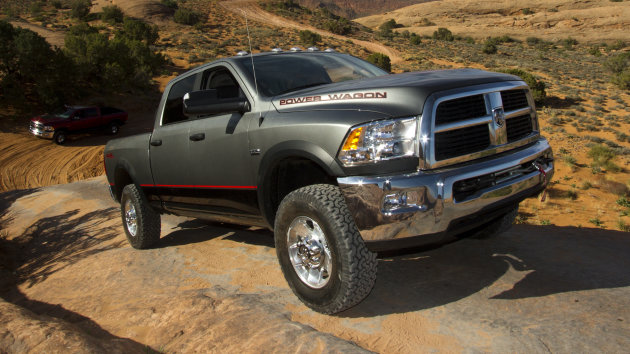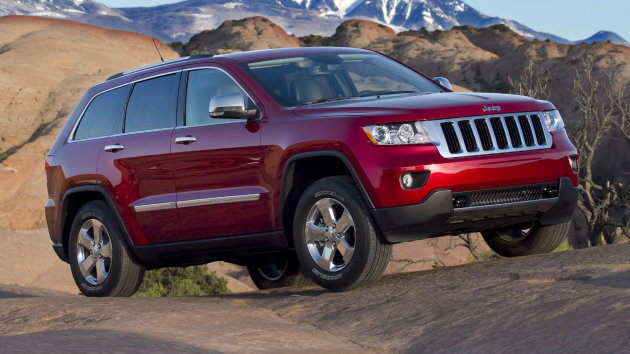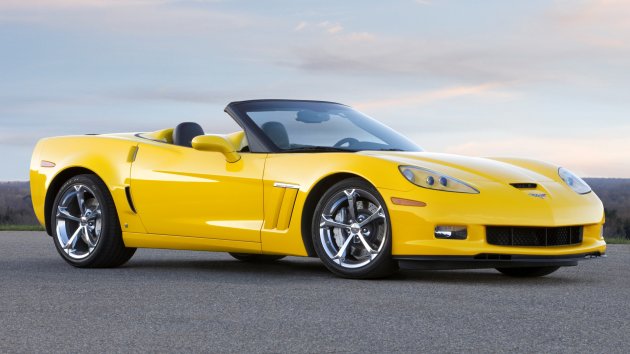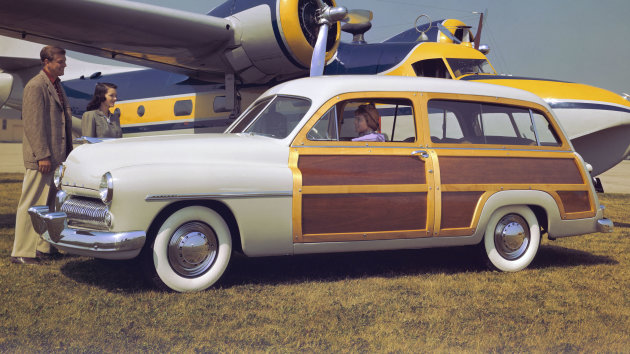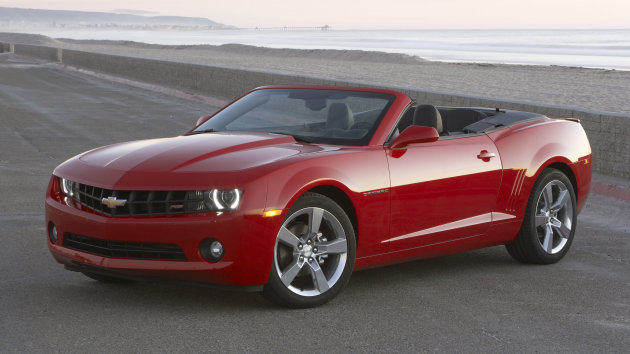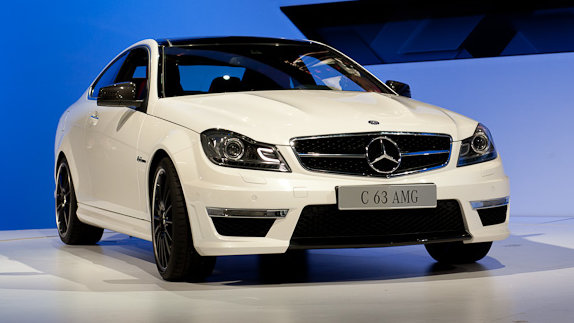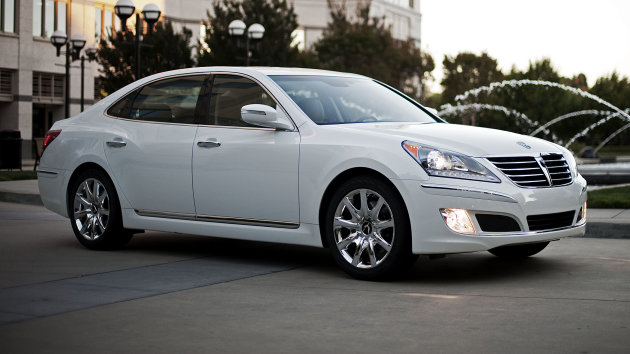
Now in its third generation, the Mercedes-Benz M-class is refining the Mercedes SUV experience, rather than reinventing it. The 2012 ML is the same basic size and shape as before, but the platform—shared in part with the new Jeep Grand Cherokee—is new, and the vehicle gets significant upgrades in efficiency and style for 2012.
The exterior appears sleeker and more sculpted, while the most obvious difference in the interior is a switch from round air vents to rectangular, the former now reserved for Mercedes’ sports-car lineup. (It’s worth noting just how similar the instrument layout is to the Grand Cherokee’s.) A big increase in quality and design can be felt inside. A large swath of either wood or metal-look plastic sits before the front passenger, while the driver gets a meaty-feeling steering wheel flanked by new stalks for the transmission, wipers, and cruise control. (The cruise-control stalk, thankfully, has been moved from M-B’s usual placement on the upper left of the steering column to a lower, more-conventional position.) Attractive open-pore wood is on the options sheet, as is a package that includes ambient lighting.
At launch, Mercedes will offer two familiar six-cylinders, while the company’s new twin-turbo 4.7-liter V-8 will follow later. (We’re also told to expect another AMG version soon, as well as a gas-electric and possibly a diesel-electric hybrid.) Both V-6 models will be badged ML350. The direct-injection 3.5-liter gas engine produces 302 hp and 273 lb-ft of torque, increases of 34 and 15 over the outgoing port-injection gas V-6, and should see economy increase 2 mpg in both the EPA city and highway cycle for estimated ratings of 17/22; the 3.0-liter turbo-diesel in the BlueTec is now good for 240 hp and 455 lb-ft of torque, up 30 hp and 55 lb-ft, and will get an estimated 2-mpg city mpg bump for ratings of 20/25. A switch from pressed-in cylinder liners to a spray-on coating in the diesel reduces both weight and friction. Either engine comes coupled to a seven-speed automatic transmission and 4MATIC all-wheel drive. Mercedes claims curb weights for the new model will be comparable to those of the outgoing ML, despite added content.
Look Out, Porsche 911 GT3
Diesel models also get new adjustable engine mounts. Similar in principle to the dynamic engine mounts Porsche installs in some 911 models, Mercedes’ pieces are said to improve comfort by allowing for greater isolation of the engine. (Porsche’s aim is to improve chassis dynamics.)
While VW and Porsche are pulling off-road content out of the new Touareg and Cayenne to cut weight, Mercedes will offer an off-road package on the new M-class with a six-mode selector for different types of driving—auto, sport, winter, towing, and two different off-road settings—as well as a two-speed transfer case, a skid plate, and extra functionality for the optional air suspension. The off-road package won’t be available on U.S. MLs until the 2013 model year, while the Airmatic suspension will continue to be offered here as a part of the Dynamic Handling Package, which also includes 20-inch wheels (19s come standard), adaptive dampers, and the new Active Curve system, a decoupling anti-roll bar that disconnects in off-road situations—as well as normal straight-ahead driving—but reconnects during cornering. A whole suite of driver-assistance systems, the same ones offered on the S-class, either will be included or available: lane-keep assist, blind-spot assist, radar cruise control, and attention assist. Night vision and automated self-parking also are new options for 2012.
The 2012 Mercedes-Benz M-class will go on sale here in September. Pricing will be announced in August; we expect that it, like the shape of Mercedes’ SUV, will remain largely unchanged. That means about $50,000 for an ML350 4MATIC and around $52,000 for a BlueTec.


